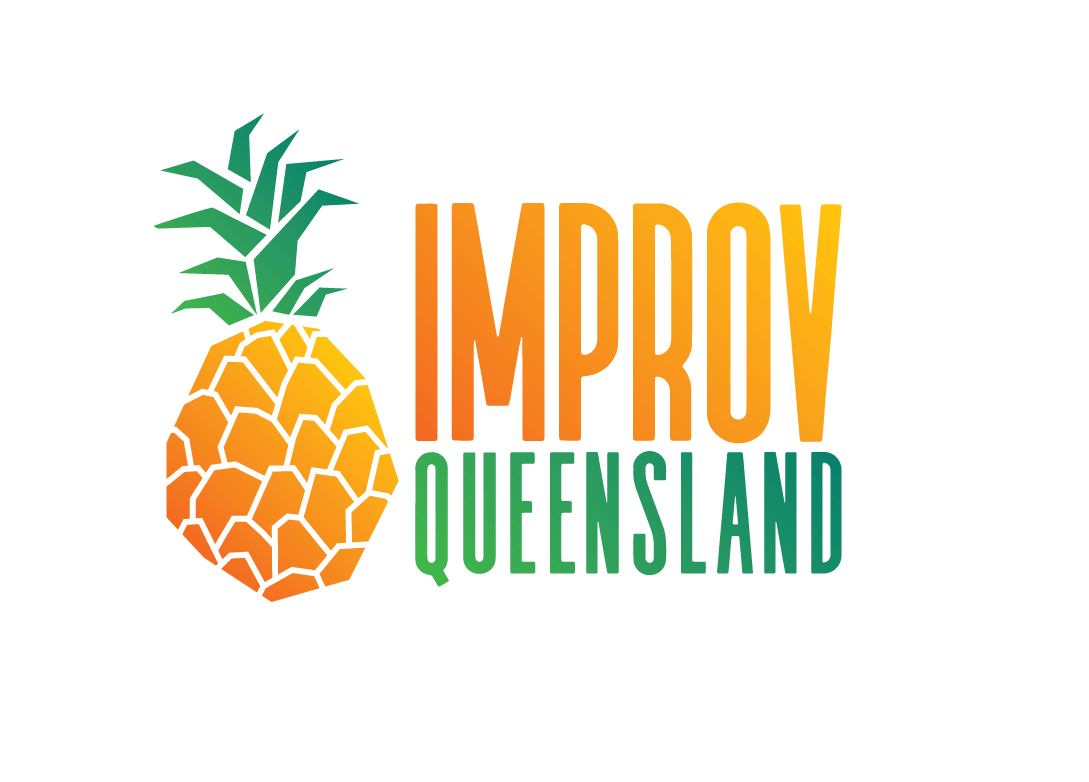Rehearsing a Narrative Long-Form Show: A Dive into Improv Theatre
You’ve decided to take on the challenge of rehearsing a narrative long-form show—awesome! But before you dive in, there are a few key points to keep in mind. Let’s break it down.
1. Get to Know and Love the Genre
First things first: you need to dive deep into the genre or style you’re tackling. Whether you’re going for a parody or a faithful homage, knowing the ins and outs is crucial. It’s not enough for just the director to be invested; the whole cast needs to genuinely engage with the material. They’re the ones creating the show on the fly, after all. So, binge-watch, read up, and immerse yourselves in the genre. This will give your performance that authentic touch, even if you’re adding a comedic twist.
2. Why Improv?
Here’s a question we don’t ask enough: why improv? What makes improvisation the best medium for your show? Often, we have a cool idea for a show but don’t think about why it needs to be improvised rather than scripted or devised. Reflect on what makes improv unique—the spontaneity, the live audience interaction, the surprise element. Understanding this will help you make better creative decisions and keep your performances lively and genuine.
3. It's Still Improv
Yes, narrative long-form shows are longer and more complex than short-form games, but the core principles of improv still apply. Focus on building strong relationships and characters, being playful and present in the moment, and constructing solid platforms. During rehearsals, spend as much time fostering ensemble chemistry as you do working on the structure of the show. A well-connected cast can make magic happen on stage.
4. Plot is the Scenes Put End to End
A common trap in narrative long-form is obsessing over the plot. Performers often focus on what’s happened and what’s next, on and off stage, which can lead to dull, lifeless scenes. Instead, stay in the moment and let the story emerge organically. Play each scene with genuine engagement and curiosity. When you follow what excites and inspires you, the scenes will naturally weave together into a compelling narrative. Trust the process—plot will take care of itself.
5. Think About It Like It’s a Piece of Theatre... Because It Is
Improv doesn’t have to be limited by traditional constraints—empty stages, minimal props, basic lighting, no costumes. Challenge these assumptions! View improv as a versatile tool for creating theatre, one that can be combined with other forms. Incorporate scripted elements, clowning, dance—whatever works. Experiment with props, sets, and innovative lighting. Some of the best shows break the “rules” of improv, incorporating rich costumes, planned moments, or unique settings. Focus on the audience experience and forget any rigid ideas about what improv “should” be.
Conclusion
Rehearsing a narrative long-form show is a journey that blends deep genre knowledge, clear artistic intent, core improv principles, and a willingness to innovate. Keep these points in mind, and you’ll create a show that’s not only true to the spirit of improv but also rich, engaging, and theatrically compelling. Embrace the journey, and let the magic of improv unfold.



